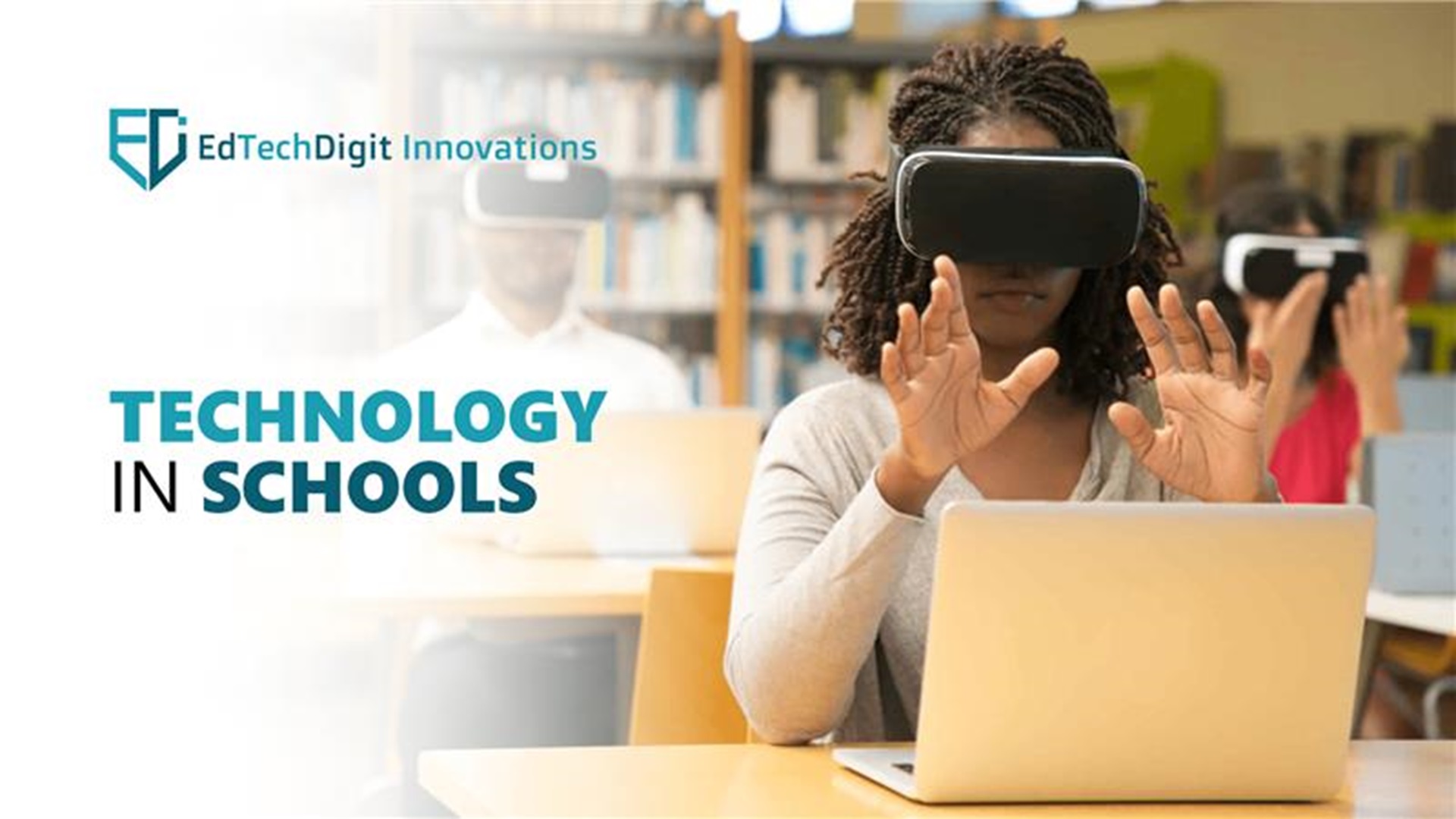The impact of the rapid growth of technology can be felt across all sectors with education being not an exception. Using technology in schools has transformed how students learn in classrooms, or their homes, enhancing the learning experience of students. Not just that it has also improved teaching processes, streamlined administrative tasks, and enabled students in remote places to access quality education with minimal cost.
According to Market.us, the global education software market is expected to reach $11,610 million by 2025. Not just that, the Global game-based learning market is also growing rapidly with a growth rate of 21.6% to reach a market size of $31.3 billion by 2027.
And this growth should be natural because students today have grown up surrounded by technology and they are well acquainted with all sorts of technologies that definitely help them enhance learning.
In this article, let us explore how technology in higher education and schools has a transformative impact on education, and why everybody needs to embrace this change.
Benefits of Technology in School and Higher Education
The use of technology in schools and higher education offers several benefits to all including students, teachers, and administration. Some notable benefits include:
-
Better Student Engagement
How would you feel if you could learn about the Stone Age by being there? You will probably never forget it, right? Well, technologies like AR and VR can bring history to life and help you witness it live. Not just history, be it science, astronomy, mathematics, geography, or anything else, technology can help you learn practically. This is just one way that can boost engagement in learning. There are other educational software that can gamify learning by offering reward points, quizzes, competitions with peers, etc. All these increase student engagements and improve the learning experience.
-
Collaboration
Another advantage of using technology is increased collaboration between students. With technology, students can collaborate on their projects and save their work online easily. They do not have to wait for school hours to share ideas and work on their projects. Technology helps them collaborate online and make changes to their work 24/7. Using the proper educational tools, they can draw together, write in the same program, and contribute to work as they like.
-
Improves accessibility
Traditional classroom lessons have started to become expensive. It also includes additional costs like that of transportation, stationery, uniforms, accessories, etc. Moreover, several specially-abled students were also deprived of classroom education.
Technology helps to make education accessible to everyone. Gone are the days when students had to cross the river to come to school. Remote education is gaining popularity and is available across all corners of the world.
Students who are not able to read or spell words correctly don’t need to fear anymore as advanced tools are available to correct their spelling and grammar. Students who find it difficult to read can leverage computer features that can read texts for them loud and clear. Technology has made education available and accessible to everyone, irrespective of their demographics.
-
Personalized Learning
One of the biggest advantages of technology in education is personalized learning. Numerous learning platforms are available for school students and higher education students who can take advantage of technology that can personalize education according to their individual needs and learning styles.
Traditional classroom education requires students to learn at the same pace. While some may lag behind, some may find it boring. However adaptive learning platforms can set the pace of learning for each student. On top of that, technology also makes access to huge resources and learning materials easier. So, students can explore topics on their own and with their own capabilities.
-
Development of industry-relevant skills
The world is changing rapidly and the job market has become highly dynamic. The skills taught in schools are soon going to become irrelevant and industries will need advanced and latest skills like artificial intelligence, data science, cybersecurity, etc. Technology and education go hand in hand in this case to empower students with the latest in-demand skills. Platforms like YouTube are a great way to learn almost everything. Similarly, the Kaggle platform can be used to master AI and data science. FreeCodeCamp can be used to learn programming languages, and so on.
The role of technology cannot be ignored in the education sector!
Technology, undoubtedly, has an important role to play in transforming education and the world. It has a great impact on the learning as well as teaching experience of students and teachers respectively. Through improved engagement, personalized learning, better collaboration, easy availability and accessibility of a lot of education resources, and better support, technology has now become an essential component of the education process.
Students cannot afford to ignore the importance of technology in their education now. If they want to build 21st-century skills and succeed in their career path, technology is the weapon they will need the most.
However, institutions, educational platforms, governments, and other responsible bodies need to address the challenges associated with data privacy and security. As we embrace this technology and use it effectively, we can make education more engaging, effective, and equitable.

